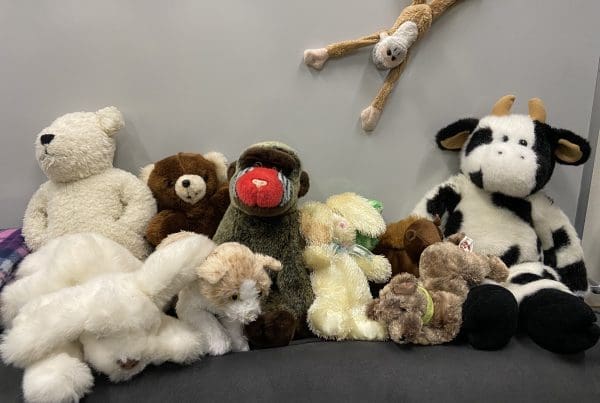At the start of the 2021-2022 school year, I did a community-building experiment that rocked my world and had a huge impact on my teaching. During my experiment, I learned so many new tips & tricks for engaging language learners while simultaneously building community and making all of my students comfortable. Check out my 3- blog post here to learn about my experiment.
One of the many activities I learned from the incredible Michele Whaley is called 7. She tells me she learned it when she started teaching at a Responsive Classroom School (RCS). For more info about RCS, click here.
At its core, this elimination game lends itself to some light-hearted fun in any classroom & is absolutely zero prep. The hardest part is learning the rules! And once you figure out how to explain the game in the target language, you are golden!
What you need: Not a darn thing except a good attitude & a willingness to have some fun! A link to a video of students playing the game in French & Russian is below to help you understand what you need to know to be successful. Explaining the rules is not as easy as one might expect.
Set Up & Play
- The class stands in a circle. Break large classes into 2 or 3 groups.
- The group will count to 7, one at a time. Play always starts clockwise.
- The first person says ‘1’ and touches their chest – over their heart – with their right hand.
- The student to the immediate left of this person says ‘2” as they touch their chest with their right hand.
- Play continues in this fashion until the number 7.
- This is where things will change! This person will put their hand above their head instead of on their chest when they say “7”.
The hand that the students use determines the direction of play. For instance, when someone uses their right hand on their turn, play goes to the left because the hand is pointing in that direction. Consequently, when someone uses their left hand on their turn, play goes to the right because their hand is pointing in that direction. This is the case for all numbers 1-7. Some students will learn to trick the next players by looking in one direction and pointing in the other.
- The next person will start over with number 1. However, this person can choose to use their right or left hand. Remember, the direction the hand is pointing determines the direction of play.
How students may be eliminated:
- When they do not honor the direction of ‘play’ established.
- When they hesitate too long before taking their turn. I wait until my novice language learners are super comfortable with the numbers 1-7 before instituting this rule.
- When they put their hand on their chest when the number is 7.
- When they put their hand above their head on any number except 7.
- When they count beyond 7.
Helpful Hints
- Teachers can participate as well! It’s fun and allows us to model what being a good sport looks like when eliminated.
- Initially, I do not eliminate players. Before I do eliminations in any game, I make sure I am confident about the following items:
- There is a strong sense of community in the class! One that is supportive of all & where we can laugh with each other instead of at one another.
- Everyone is comfortable with counting from 1-7. With novice learners, I post the numbers on the board at the front of the room during the game.
- Everyone knows & understands the rules of the game.
- With younger children, consider dropping eliminations altogether. Playfully tell them to know they messed up, and have someone restart the game.
- If you are going to eliminate players, keep it light & cute. No shaming! In my class, we all wave and say something like, « C’est dommage. Au revoir, Khaleel ! » (That’s too bad. Bye, Khaleel!)
- It may become necessary to make a rule that there can be no more than two direction changes in a row by the same people.
- When the group is learning, start by going in only one direction. After everyone understands when and how to mark “7” with their hands above their heads, add the concept of changing the direction.
Now that you have read the rules you can watch a video below of my students playing 7 in French & Michele Whaley’s elementary students playing in Russian!





